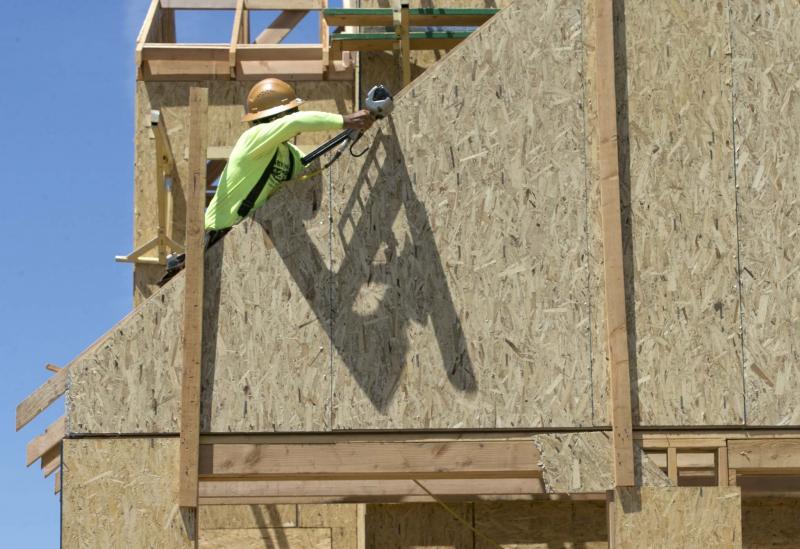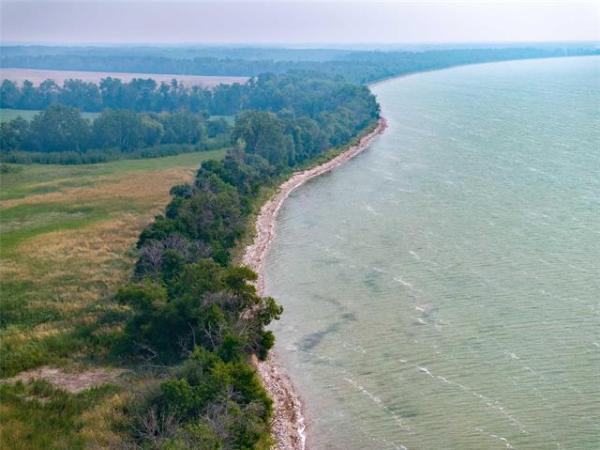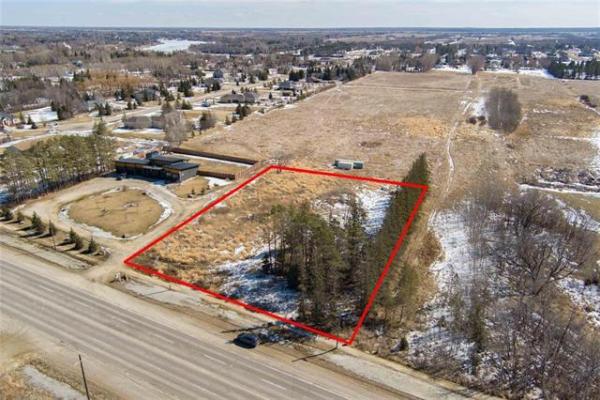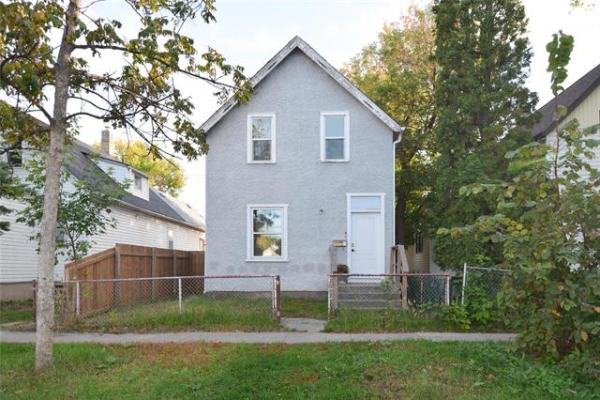Manitoba’s new home construction numbers for May have mirrored the hot weather we’ve been enjoying. A number of recent articles and news stories have highlighted the strong growth in housing starts here last month.
May was a tremendously strong month for Manitoba homebuilders. While housing starts across Canada increased by an average of two per cent compared with May 2016, Manitoba’s housing starts grew by a staggering 98 per cent.
From January to May of this year, housing starts were up by 11 per cent nationally compared with the same period in 2016, indicating strong growth. During that period, Manitoba had 3,054 residential construction starts compared with 1,507 during the same time in 2016. That’s an increase of 103 per cent.
There are a number of reasons why Manitoba’s housing market has been red-hot for the past six months. But not all of them are positive and Manitobans should be aware of some storm clouds on the horizon.
If it seems like there has been a rush on new housing construction in Winnipeg in the past six months, it is not an illusion. With the introduction of Winnipeg’s impact fees on new residential construction in certain parts of the city, many developers, homebuilders and homebuyers rushed to beat the May 1 implementation deadline.
After May 1, the City of Winnipeg has added a $54.73-per-square-metre or $5.09-per-square-foot fee to the development permit or building permit for each new housing start. On an average new home, this increases the construction cost to a homeowner by about $10,000 to $15,000.
Obviously, the bigger the new home being built, the higher the impact fee that’s charged to the homebuyer.
This led to a huge increase in building and development permit applications being filed in Winnipeg in the months leading up to the deadline. As well, if construction has not started by Nov. 1, Winnipeg will retroactively charge the fee on the permit. So, builders and their customers are keen to start construction as soon as possible to avoid this second deadline.
As expected, this has put a strain on resources at both the City of Winnipeg and within the residential construction sector.
Due to the increase in volumes, permit applications and inspections are taking longer to process. City staff is working diligently, but the volume they are dealing with is double the normal number of permit applications. Builders are trying to find crews and tradespeople to cover off the increased volume of housing starts.
The storm clouds may form if the temperature of the very hot Manitoba market starts to cool as the new impact fee is applied to new home construction. Residential building permit numbers over the summer months will be a key indicator on how the rest of 2017 will look for the sector.
As well, indications are that interest rates may finally be on the way up, which will make borrowing more expensive.
When a high-pressure cell meets a low-pressure cell on the Prairies in the summer and early fall, a pretty good thunderstorm is usually the result. Our hope is that the low-pressure cell we can see coming this fall is weaker than forecasted and the storm misses us.
Lanny McInnes is president of the Manitoba Home Builders’ Association.




